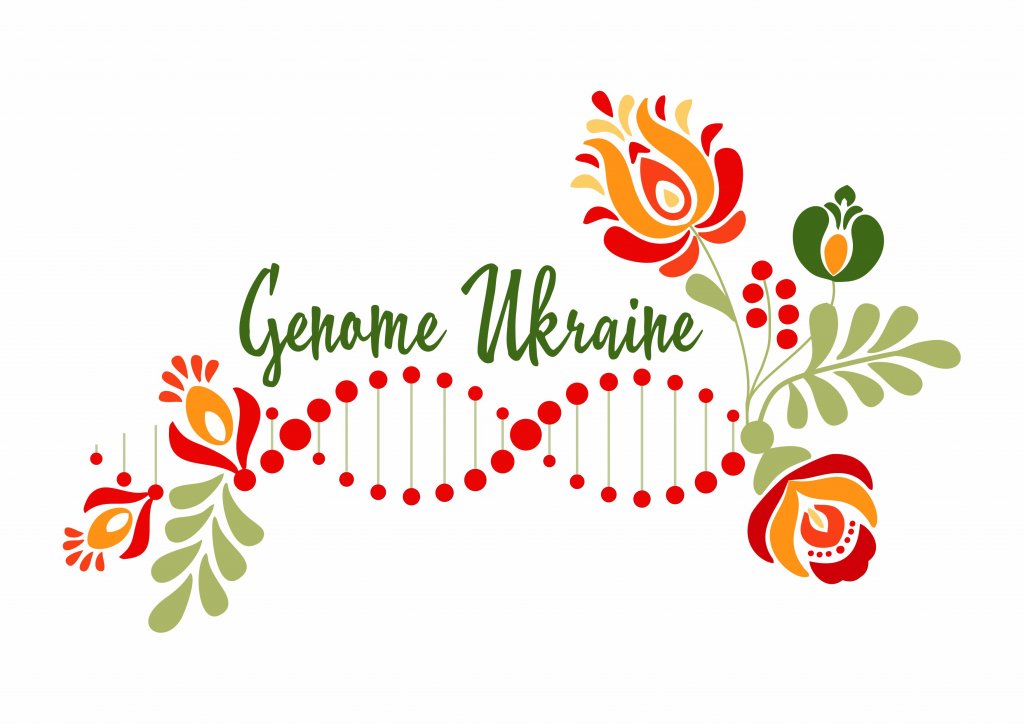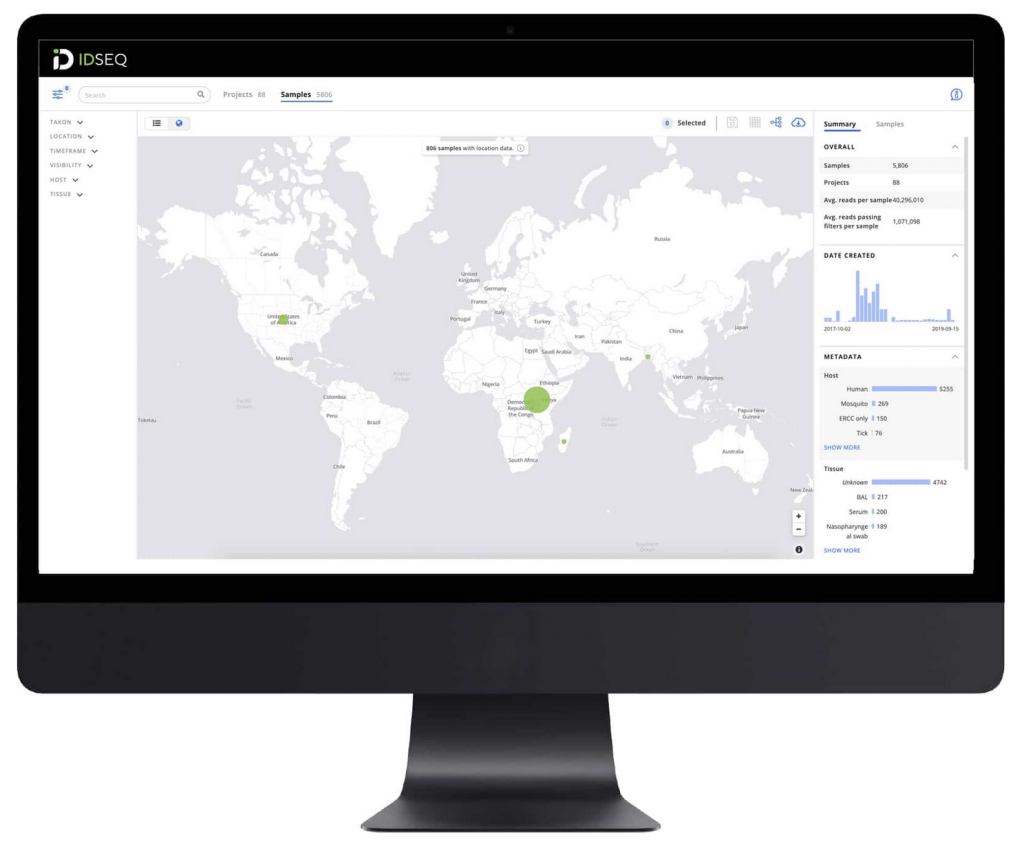
The internet has made scientific research more available to the public and the media.(Shutterstock) Alice Fleerackers, Simon Fraser University and […]

The internet has made scientific research more available to the public and the media.(Shutterstock) Alice Fleerackers, Simon Fraser University and […]

The International Ukraine Genetic Diversity Project finds a quarter of the genetic variation in Europe, dramatically increasing information on population diversity and medical genetic variation. Today, the largest study of genetic diversity in Ukraine was published in GigaScience . The project was an international effort, bringing together researchers in Ukraine, the US and China and is the first fruits of this collaboration to

The Human Cell Atlas is a consortium that aims to “create comprehensive reference maps of all human cells—the fundamental units of life—as a basis for both understanding human health and diagnosing, monitoring, and treating disease.” I first met with consortium members of the Human Cell Atlas at the Human BioMolecular Atlas Program Common Coordinates Framework Workshop based at the National Institutes of Health, Bethesda, USA in December 2017.

Scientists in Cambodia, who are supported by the Chan Zuckerberg Initiative, the Chan Zuckerberg Biohub, and the Bill &

Diversity, Ancestry, and the Tenacious Concept of Race The Global Alliance for Genomics and Health (GA4GH) is a policy-framing and technical standards-setting organization, seeking to enable responsible genomic data sharing within a human rights framework.

***With ongoing the 2020 COVID-19 pandemic providing us with unprecedented insight into the progression of a disease outbreak, and unprecedented time in the lock down to turn us all into armchair epidemiologists. This includes near real-time sharing and analysis of genomics data through platforms like nextstrain, and of ways to view the infection, mortality and testing statistics via a growing number of online dashboards.

In the data driven era, not only in research but in our day-to-day lives, people are creating more and more personal digitized data that enables human-participant research in social sciences and personalized medicine. However, with numerous data streams and types this raises concerns such as how to merge and share such data, as well as ethical problems.

In GigaScience , Benjamin Makepiece and his co-authors from Liverpool present genome assemblies of two trombidid mite species, the itch-inducing chigger mite and its more benign cousin, the velvet mite. The bite of the chigger mite can transmit a life-threatening bacterial disease, scrub typhus.
Giardia, a protozoan parasite which people typically pick up through drinking infected water or contaminated food, can cause diarrhoea and stomach pains. New research published today in GigaScience , with supporting data in GigaDB, provides insights into the mechanisms that cause the symptoms of giardiasis. Currently more than 200,000 people are ill with giardiasis and there are 500,000 new cases a year.

Towards the end of 2015, I started distance running. I thought it’d be fun to look at the frequency of my runs over the course of 2016. Most of my runs were recorded with a GPS watch. I log my cycling data using Rubitrack, so I just added my running data to this. This software is great but to do any serious number crunching, other software is needed.